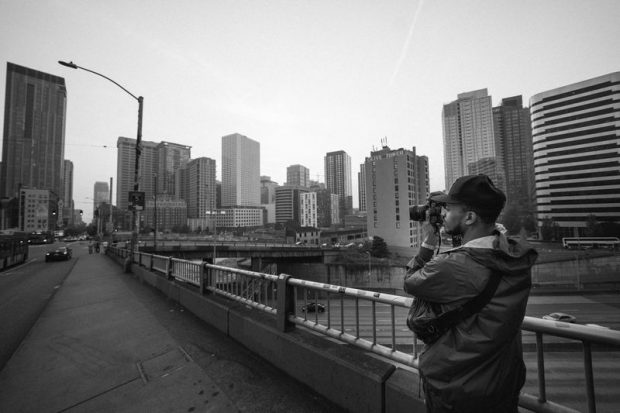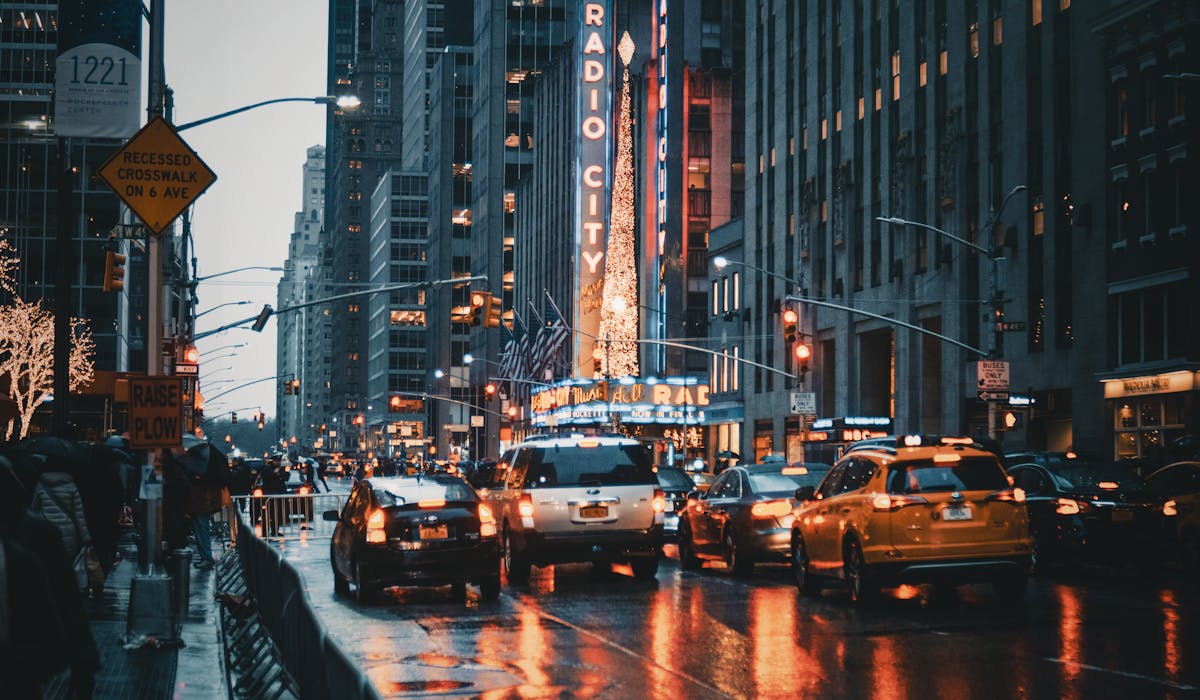An Unbiased View of Framing Streets
An Unbiased View of Framing Streets
Blog Article
The Greatest Guide To Framing Streets
Table of ContentsThe smart Trick of Framing Streets That Nobody is DiscussingUnknown Facts About Framing StreetsThe Buzz on Framing StreetsLittle Known Facts About Framing Streets.A Biased View of Framing StreetsSome Ideas on Framing Streets You Need To Know
Digital photography category "Crufts Dog Program 1968" by Tony Ray-Jones Road digital photography (likewise sometimes called honest photography) is digital photography conducted for art or query that includes unmediated opportunity encounters and arbitrary events within public locations, normally with the aim of catching pictures at a crucial or emotional minute by cautious framing and timing. 
Subsequently his boots and legs were well defined, yet he lacks body or head, because these were in activity." Charles Ngre, waterseller Charles Ngre. https://framing-streets.mailchimpsites.com/ was the initial professional photographer to attain the technical class called for to sign up individuals in motion on the road in Paris in 1851. Professional Photographer John Thomson, a Scotsman functioning with reporter and social activist Adolphe Smith, published Street Life in London in twelve regular monthly installments starting in February 1877
4 Easy Facts About Framing Streets Explained
Eugene Atget is considered a progenitor, not due to the fact that he was the first of his kind, but as a result of the popularisation in the late 1920s of his document of Parisian roads by Berenice Abbott, that was influenced to carry out a comparable documents of New york city City. [] As the city created, Atget assisted to advertise Parisian streets as a worthy subject for digital photography.

Framing Streets Things To Know Before You Get This
The chief Mass-Observationists were anthropologist Tom Harrisson in Bolton view publisher site and poet Charles Madge in London, and their first report was generated as the book "May the Twelfth: Mass-Observation Day-Surveys 1937 by over two hundred observers" [] Home window cleaner at Kottbusser Tor, Berlin, by Elsa Thiemann c. 1946 The post-war French Humanist College professional photographers discovered their subjects on the street or in the restaurant. Between 1946 and 1957 Le Groupe des XV every year showed work of this kind. Andre Kertesz. Circus, Budapest, 19 May 1920 Road photography formed the significant material of 2 exhibits at the Gallery of Modern Art (Mo, MA) in New york city curated by Edward Steichen, Five French Professional Photographers: Brassai; Cartier-Bresson, Doisneau, Ronis, Izis in 1951 to 1952, and Post-war European Digital Photography in 1953, which exported the idea of road digital photography internationally.

An Unbiased View of Framing Streets
, then a teacher of young children, associated with Evans in 193839.'s 1958 publication,, was substantial; raw and commonly out of focus, Frank's images questioned mainstream digital photography of the time, "tested all the formal regulations laid down by Henri Cartier-Bresson and Walker Evans" and "flew in the face of the wholesome pictorialism and heartfelt photojournalism of American magazines like LIFE and Time".
Report this page